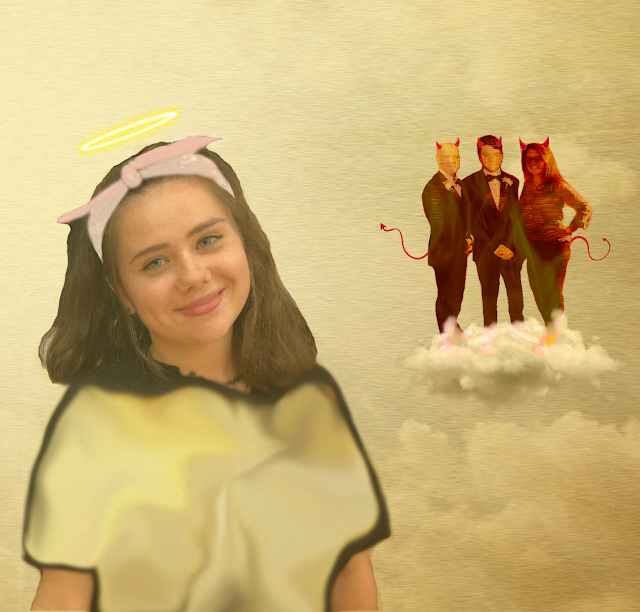Madama Butterfly Opera
Madama Butterfly was written in 1904 by the composer Giacomo Puccini. This opera has three acts ranging from 30-50 minutes in each act. The language spoken was Japanese, which was a struggle to follow along due to the language barrier. Although there was an issue with this, it's possible to follow along if paying attention. This opera told a story about love, sacrifices, and betrayal. The first ten minutes into the opera, you can tell that there is tension between a man and a woman. Watching the claymation version to this opera also helped with following the story. We tag along to this journey as the audience is faced with having the fourth wall broken.
The fourth wall is broken multiple times during this opera. In order to break the fourth wall, the characters must make eye contact or talk to the audience. The fourth wall is broken within five minutes of the performance. It's clear that the audience is involved with the story because of the interaction of the characters. This fourth wall is important not to be broken in storytelling since it can distract the viewer. When watching a story, whether it's a film, play, opera, etc., the audiences' goal is to suspend their disbelief while watching the story. For this opera, there is still a natural appearance that allows the audience to suspend their disbelief when the fourth wall is broken. This is through the emotions of the characters while singing. There is a dramatic appeal when making eye contact with the audience that allows us to feel the emotion in that specific moment.
The mise-en-scene for a film is putting on a stage. There was mise-en-scene present in this opera as the story was literally put on a stage. Since this was filmed and I did not watch it live, there was camera work used in this opera. It was mainly filmed with a wide shot to get the entire stage. This can also be known as an establishing shot. There are some moments where the camera zooms in on certain characters to get the emotion of what takes place. Usually, if the opera is watched live, the camera shots would be irrelevant. The lighting was important in certain times to add intensity of the moment. For instance, there would be a spotlight on the character who was singing. The lighting uses different colors as well as the costumes.
Something I discovered while watching the opera was the use of color. At the beginning of the performance, all the characters were dressed in all white. Once the main woman character (who I believe is the butterfly) enters the room, she is followed with a bunch of different colored costumed characters. For most of the performance, many characters were dressed in white or solid pastel colors. She was as well colorful. I believe including all these colors symbolized a rainbow entering the story. According to "Universe Symbolism", a rainbow can symbolize dreams coming true. She's about to enter a love story which could be a dream for most women during this time period. In Act 1, the background of the opera is most often white. It progresses to get darker and ends off with a dark blue. Act 2 is mainly dark colors ranging from red to blue to purple. Act 3 starts off with outer-space that goes into a crazy galaxy. I think this is a powerful moment of the opera because it shows a more modern side that wouldn't be shown when this opera was born. All of these different colors used had a purpose and accomplished showing the emotion and meaning. The technology used to make this opera is what achieved to stage this.
At first, I did not believe any opera could be turned into a video game. I thought that video games have different intentions than operas. As I finished the opera, I realized it was more than trying to win something in the end like most video games. This woman character, in fact, does not win, but loses. The audience follows along her journey to know what the end result will be. Video games are indeed made out of a story. The interaction with the audience as well is the same concept with most video games. Many people lose in video games, but they continue to play until a win occurs. In this version of an opera video game, there is a loss but from this loss can provide a learning experience on what not to do in order to possibly win the next game.


Comments
Post a Comment